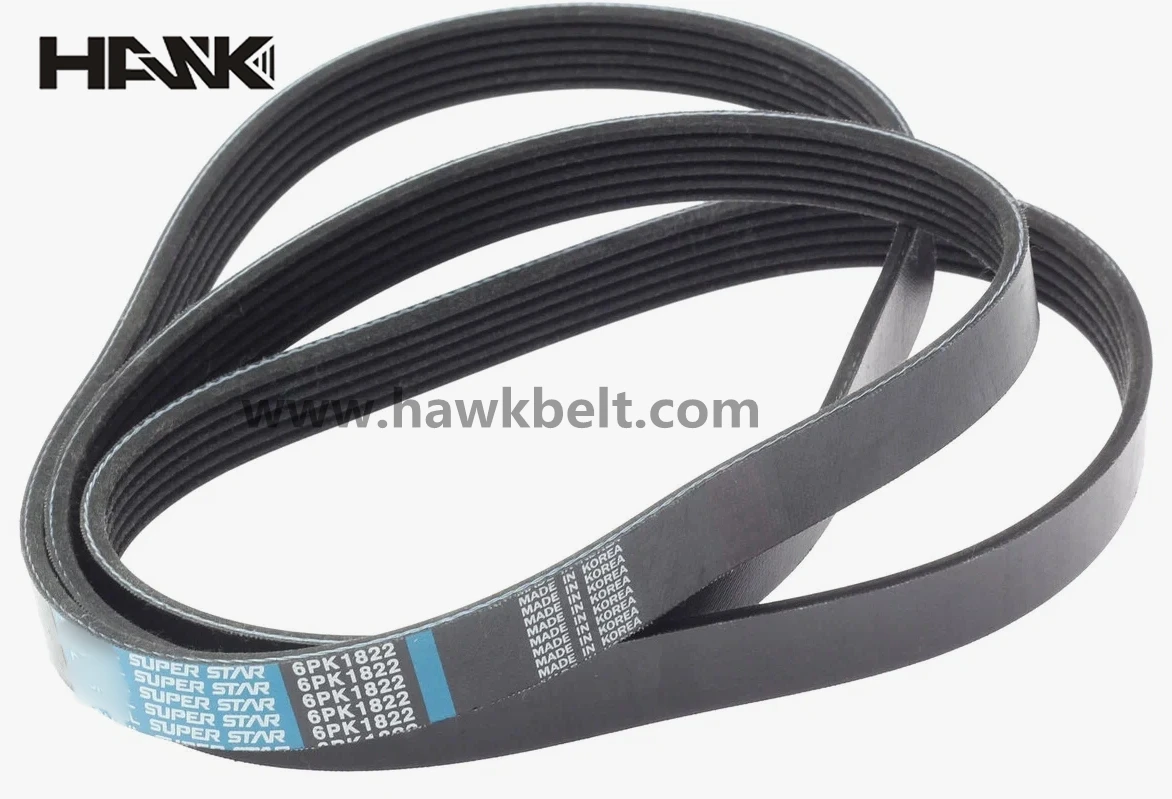- Arabic
- French
- Russian
- Spanish
- Portuguese
- Turkish
- Armenian
- English
- Albanian
- Amharic
- Azerbaijani
- Basque
- Belarusian
- Bengali
- Bosnian
- Bulgarian
- Catalan
- Cebuano
- Corsican
- Croatian
- Czech
- Danish
- Dutch
- Afrikaans
- Esperanto
- Estonian
- Finnish
- Frisian
- Galician
- Georgian
- German
- Greek
- Gujarati
- Haitian Creole
- hausa
- hawaiian
- Hebrew
- Hindi
- Miao
- Hungarian
- Icelandic
- igbo
- Indonesian
- irish
- Italian
- Japanese
- Javanese
- Kannada
- kazakh
- Khmer
- Rwandese
- Korean
- Kurdish
- Kyrgyz
- Lao
- Latin
- Latvian
- Lithuanian
- Luxembourgish
- Macedonian
- Malgashi
- Malay
- Malayalam
- Maltese
- Maori
- Marathi
- Mongolian
- Myanmar
- Nepali
- Norwegian
- Norwegian
- Occitan
- Pashto
- Persian
- Polish
- Punjabi
- Romanian
- Samoan
- Scottish Gaelic
- Serbian
- Sesotho
- Shona
- Sindhi
- Sinhala
- Slovak
- Slovenian
- Somali
- Sundanese
- Swahili
- Swedish
- Tagalog
- Tajik
- Tamil
- Tatar
- Telugu
- Thai
- Turkmen
- Ukrainian
- Urdu
- Uighur
- Uzbek
- Vietnamese
- Welsh
- Bantu
- Yiddish
- Yoruba
- Zulu
ഡിസം . 12, 2024 11:39 Back to list
4pk belt
Understanding the 4PK Belt A Comprehensive Guide
The 4PK belt is an essential component used in various machinery and automotive applications, specifically within drive systems. Recognizing its importance and understanding its structure, functionality, and maintenance can greatly enhance performance and longevity in relevant applications. This article explores what a 4PK belt is, its applications, advantages, and tips for maintenance.
What is a 4PK Belt?
The designation 4PK in a belt refers to its construction, specifically the number of ribs it possesses. The 4 indicates that the belt has four ribs, while the PK denotes that it is a type of Poly-V belt, which features a series of parallel grooves along its length. These ribs run alongside each other and allow for better grip and efficient power transmission.
4PK belts are typically made from durable materials such as rubber, enhanced with synthetic fibers that provide resistance to wear, heat, and environmental stressors. The design of a Poly-V belt allows for more surface area contact with the pulleys, which results in enhanced performance in transferring power from one component to another.
Applications of 4PK Belts
4PK belts are widely used in various sectors, including automotive, industrial machinery, and agricultural equipment. In automotive applications, they are crucial for driving multiple accessories such as the alternator, power steering pump, water pump, and air conditioning compressor. Their ability to operate efficiently in compact spaces makes them a preferred choice in modern vehicles that prioritize space and weight reduction.
In industrial sectors, 4PK belts are commonly found in conveyors, gear systems, and various machinery where reliable power transmission is essential. Their strength and elasticity allow them to handle heavy loads and dynamic operational environments, making them ideal for factories and manufacturing settings.
Advantages of 4PK Belts
1. High Efficiency The design of the 4PK belt allows for smooth and efficient power transfer, reducing energy loss that commonly occurs in traditional V-belts.
2. Space Savings The compact nature of the Poly-V belt design enables more components to be driven within a smaller space, which is particularly beneficial in modern automotive design.
4pk belt

3. Reduced Noise Levels Compared to traditional belts, 4PK belts operate with less vibration, resulting in quieter performance, which contributes to comfort in vehicles and lower noise pollution in industrial settings.
4. Longevity With superior resistance to wear, heat, and environmental factors, 4PK belts typically offer prolonged service life, thereby reducing the overall maintenance costs incurred through replacements and repairs.
Maintenance Tips for 4PK Belts
Proper maintenance is vital to ensure the longevity and efficiency of 4PK belts. Here are some tips to keep in mind
1. Regular Inspection Periodically inspect belts for signs of wear, cracking, or glazing. Early detection of potential issues can prevent catastrophic failures.
2. Correct Tensioning Maintain the proper tension on the belt, as both over-tensioning and under-tensioning can lead to premature wear.
3. Alignment Checks Ensure that pulleys are aligned correctly. Misalignment can cause uneven wear and lead to a shorter lifespan.
4. Cleanliness Keep the belt and pulleys clean to avoid any debris or contaminants that might interfere with performance.
5. Temperature Management Monitor operating temperatures, as excessive heat can damage the belt material over time. Ensure proper cooling mechanisms are in place, particularly in automotive applications.
Conclusion
In conclusion, the 4PK belt plays a vital role in numerous applications ranging from automotive to industrial machinery. Understanding its mechanics, advantages, and the importance of maintenance can help users maximize their performance. As technology advances and the demands for efficient, compact solutions increase, the significance of belts like the 4PK will only continue to grow, making it an integral part of modern mechanical systems. By investing in quality belts and adhering to proper maintenance protocols, users can ensure optimal performance and extended service life for their equipment.
-
Korean Auto Parts Timing Belt 24312-37500 For Hyundai/Kia
NewsMar.07,2025
-
7PK2300 90916-T2024 RIBBED BELT POLY V BELT PK BELT
NewsMar.07,2025
-
Chinese Auto Belt Factory 310-2M-22 For BMW/Mercedes-Benz
NewsMar.07,2025
-
Chinese Auto Belt Factory 310-2M-22 For BMW/Mercedes-Benz
NewsMar.07,2025
-
90916-02660 PK Belt 6PK1680 For Toyota
NewsMar.07,2025
-
drive belt serpentine belt
NewsMar.07,2025

